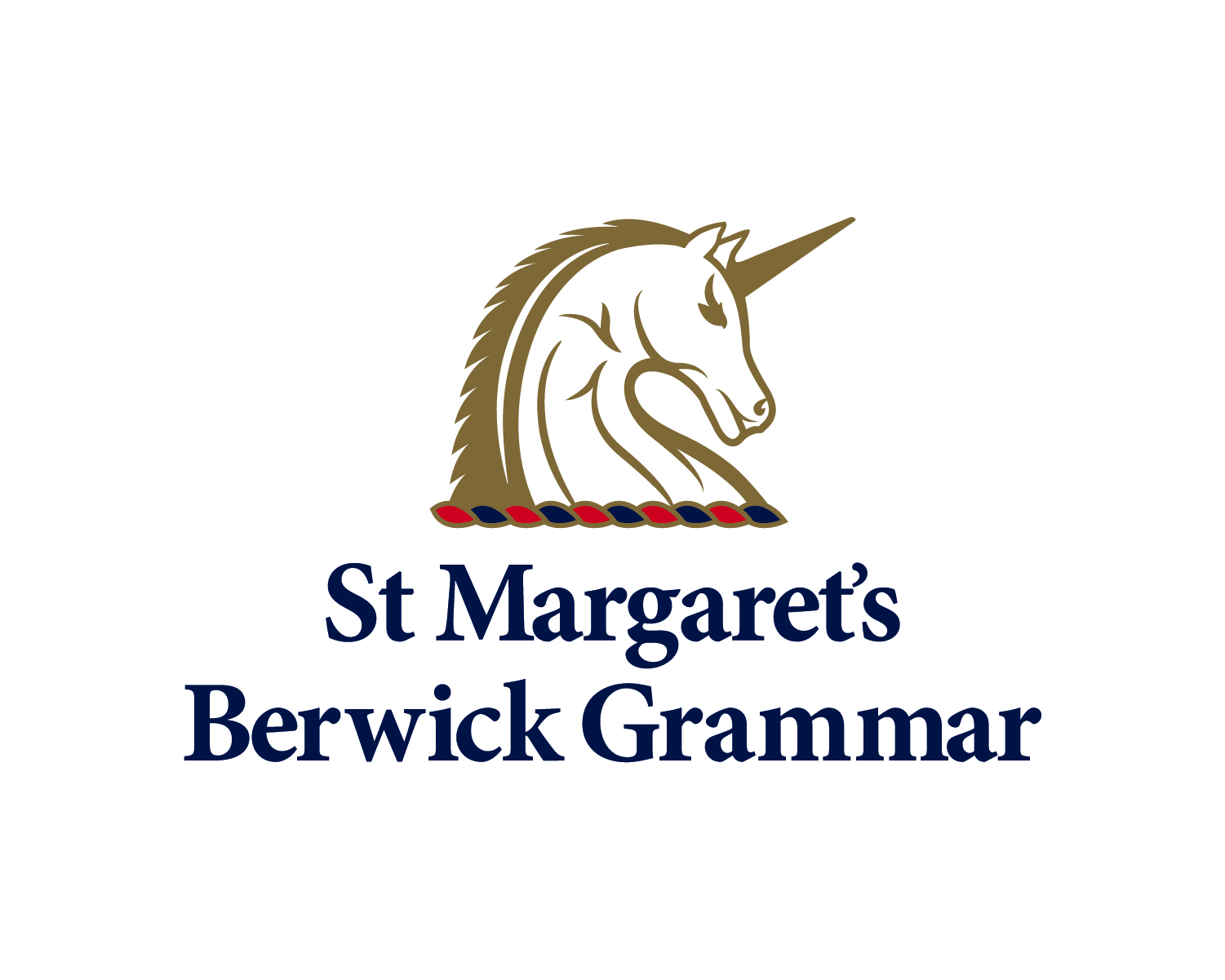
Kinglake Field Trip – VCE Unit 1 Geography
In early 2009 Victoria was rocked by one of the most devastating natural disasters in Australia’s history. Bushfires tore through the Kinglake Ranges north-west of Melbourne destroying lives, homes, livelihoods and communities.
The new VCE Geography study design asks students to explore a disaster through the eyes of a geographer: looking for the causes and the effects of the disaster and the ways in which people respond to it. To deepen their understanding of the Black Saturday fires, the VCE Unit 1 Geography class visited the region surrounding the town of Kinglake.
We visited the local reservoir and catchment to see the ways in which the Kilmore East fire impacted the natural environment as well as an important water supply for the town of Whittlesea. A drive up the side of the Kinglake range to the plateau on top showed us the impact of the fires on the human environment, particularly the towns of Kinglake West and Pheasant Creek.
From the top of Mount Sugarloaf, students were surprised to see the buildings of Melbourne’s CBD rising from the heat haze, a reminder of the proximity of the fires to Melbourne’s outer suburbs. On the side of the ranges, in a fern-filled gully we examined the ways in which the fires have changed the natural vegetation and impacted on the gullies and streams of the region. The drive back to Melbourne took us through Kinglake, a thriving town gradually recovering from this terrible disaster.
The field trip served as a powerful reminder of the bushfire hazard in south-eastern Australia and of the value of geography field work. By seeing this region for ourselves we were all able to gain a deeper understanding of the world around us.
Mr Mark Easton
Head of Humanities






